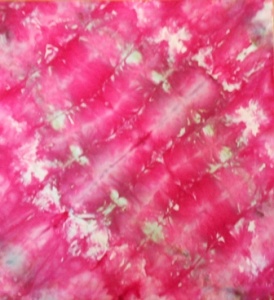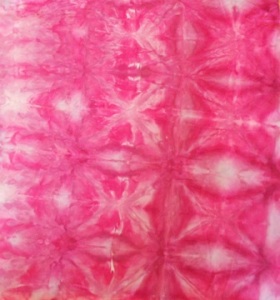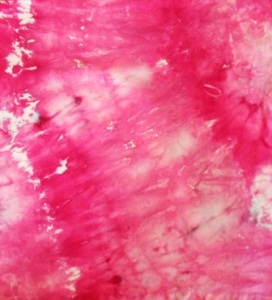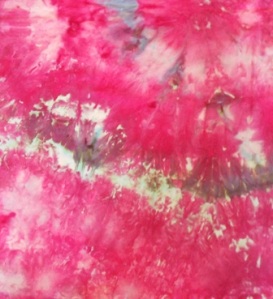2016 has not been my favourite year. Don’t get me wrong, there have been some amazing highlights and I cherish those, but the negative has far outweighed the positive and in true Murphy’s style: if it could go wrong, it did; if it could break, it did; if someone had the power to let you down or worse, they did; but I am not going to dwell on what is past and what can not be changed.
I have never chosen a word for the year before, but for 2017, I am focussing on consolidation. I want to bed down all the half finished from 2016 and build the platform for the next few years. As such I have spent the time between Christmas and New Year building a plan. I have even taken the unprecedented step of getting some help. I don’t generally do New Years resolutions and this year is no different, but I am going to work with the resources of The Business Bakery and work in three lots of 100 day goals for this year. I am telling you this because it is supposed to help keep me accountable if I tell people what I am doing. So, here I go. If you want to find out more about the structure, go here:
I have a lot of work to do to get everything back on an even keel, but I am nothing if not resilient. I am not going to share the content of the goals until they are close to realised, but I can share the steps along the way. To keep me sane this week amongst all the admin and as one of the micro actions I need to take, I have ice dyed some fabric.
Ice dyeing in Australia in 30+ degree heat produces very different results to when it is done in the middle of winter or in snow. This is because of the chemistry of the dyes and mordants. So, the traditional outputs of ice or snow dyeing is usually soft, gentle colours. In this heat, despite the dye being carried through the fabric by the melting ice, the dye has high temperatures to ‘batch’ in, so the colour is still strong and vibrant. (If you want to understand this and learn how to dye, check out my Almost Alchemy dyeing class: http://www.uniquestitching.com.au/p/9122334/online-class—almost-alchemy—dyeing-for-the-traditional-and-art-quilter—2017.html).
So, in some ways ice dyeing in heat does not give you very different results to other dyeing techniques due to the hot batching. What you do get though is unpredictable randomness and I am a big fan of unpredictable randomness. I have folded some of these pieces, shibori style, and others I have just scrunched, but the random effect is perfect as the first layer of fabric for a couple of projects I will work on this month. Here are the six fabrics. They are all fat quarter cotton homespun (muslin in US terms).
I will try to share what I do with these as I go.




















































